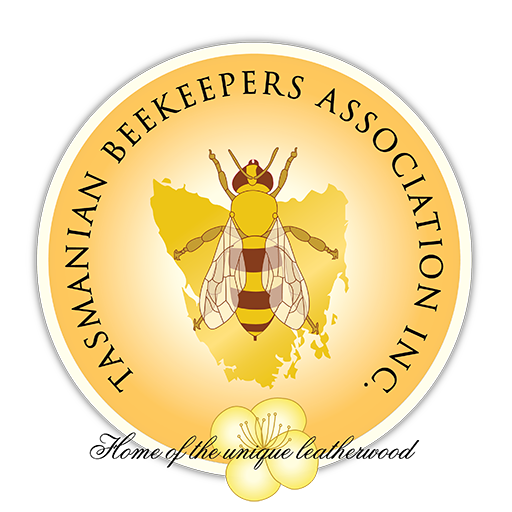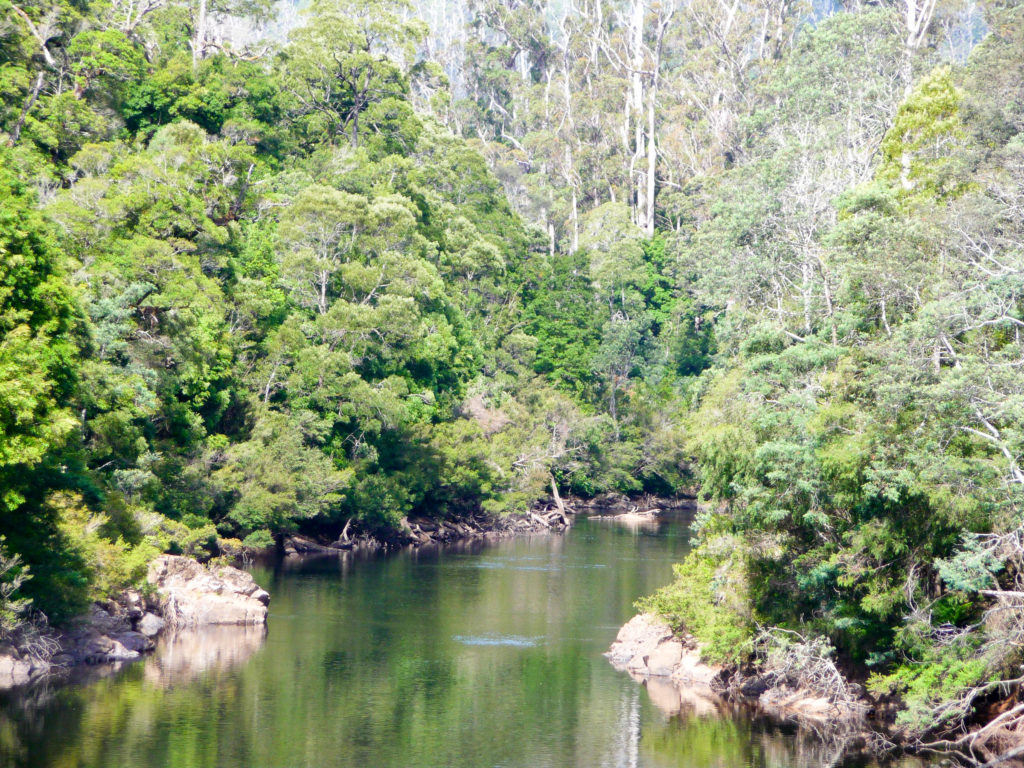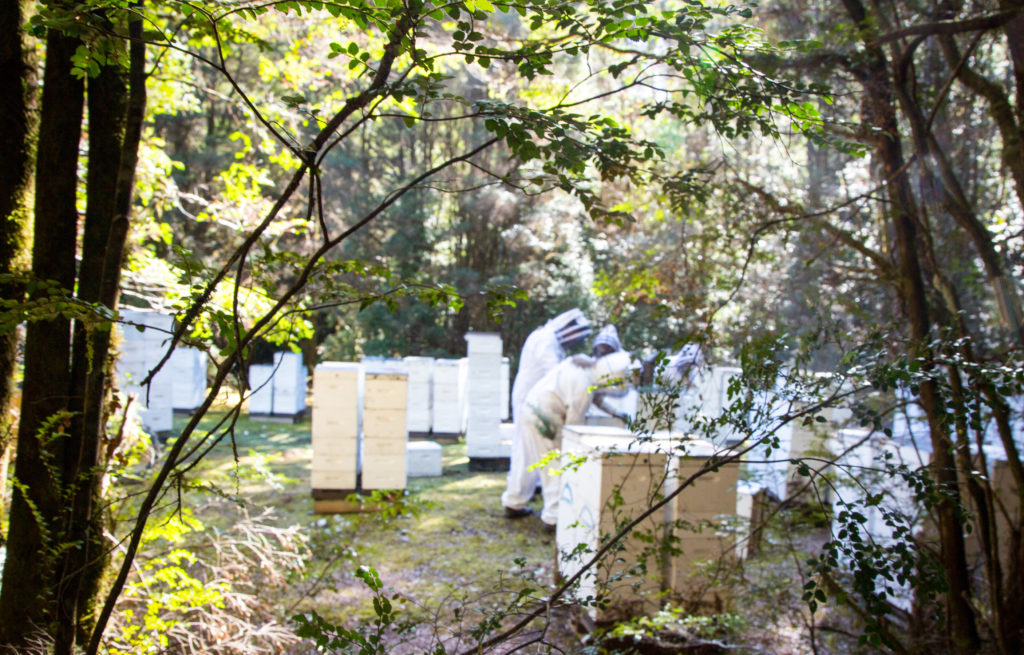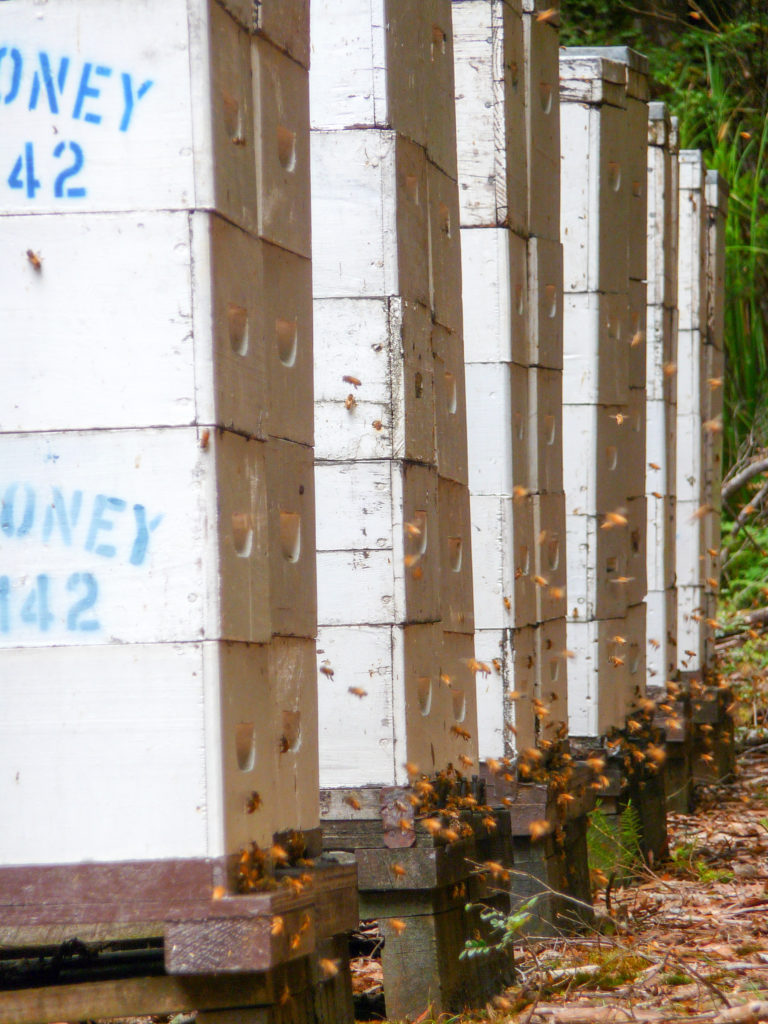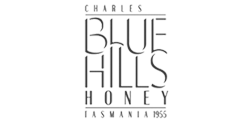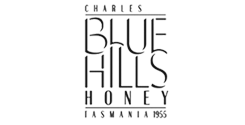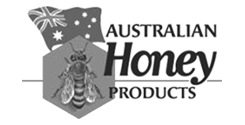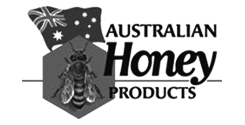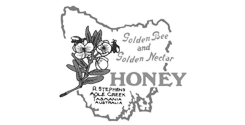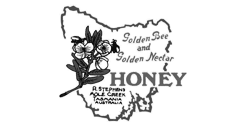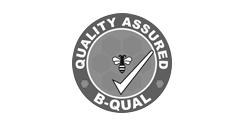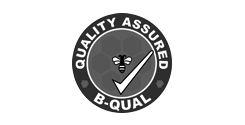The first successful importation of English Black Bees into Tasmania was in 1831 by Dr T B Wilson, RN, on the ship ‘Catherine Stewart Forbes’. They were presented to Governor Arthur and placed in the Government Gardens. The following year this hive produced 13 swarms while three years later, one at O’Briens Bridge, Glenorchy, produced 18 swarms. With swarming like this and human movement it was not long before bees were throughout Tasmania.
In the early 1840’s Mr James Fenton introduced bees to Forth, North West Coast, where it was recorded that one swarm filled an 80 lb tea chest. He had quite a large bee establishment and sent about two tons of honey to Melbourne. Incidentally, he is credited with introducing the blackberry to our State.
In the 1880’s, Mr T L Hood, Hobart, introduced frame hives to the State and also was the first person to introduce Italian bees to Tasmania which he had imported from NSW.
In 1898 a Grammar and Agriculture School at Ulverstone was credited as having an apiary class which, at one stage, had an apiary of 20 hives.
Specimens of the bee louse, Braula coeca, were brought to the notice of the Department of Agriculture in 1932 and were to be found to be present in many places as was American Foul Brood (Paenibacillus larvae subsp larvae) (AFB). The bee louse is more of a nuisance than a threat.
The first Apiaries Act came into effect on the 31st October 1933 and also Nosema apis was also found extensively throughout Tasmania.
About 1945 the European Wasp was discovered in Hobart and has since spread throughout the State. It is of some nuisance to beekeeping, especially weak hives which they can kill, or, if they are present in large numbers, they can rob out and kill stronger hives.
In 1946, because of some problems, especially with leatherwood apiary sites, some 5-6 beekeepers met in Ulverstone to discuss this problem. This meeting resulted in the formation of the Tasmanian Beekeepers Association and it has been discussing the problem about leatherwood ever since.
During the 1970’s almost pure descendants of the original Black English or German bees were found in an apiary at Tarraleah, in the central highlands. These bees had been taken from bee trees in the area. Because of its altitude, only these black bees could survive the bleak, cold Winters of the area.
On 1st July 1980 the revamped Apiaries Act 1978 came into force and in 2001 it was repealed and appropriate parts were included in the Animal Health Act 1995 as the Animal Health (Apiaries) Regulations 2001.
During 1984 European Foul Brood (Melissococcus pluton) (EFB) was diagnosed in Hobart and has subsequently spread throughout the State.
In 1992 the Bumble Bee was discovered in the Hobart area and is now found throughout the State.
Chalk Brood (Ascosphaera apis) found its way into our State in about 2000. Although it caused some concerns at first it is now more of a nuisance value.
Our main diseases are AFB, EFB, (which are both treatable in Tasmania) and Chalk Brood with a smattering of Sac Brood and Nosema apis with Nosema ceranae starting to raise its ugly head and Wax Moth causing some concern in stacks of empty boxes.
While we do have potentially dangerous diseases on our doorstep, Varroa and Small Hive Beetle (Aethina tumida Murray), we hope that with common sense and good quarantine measures we can keep them out.
